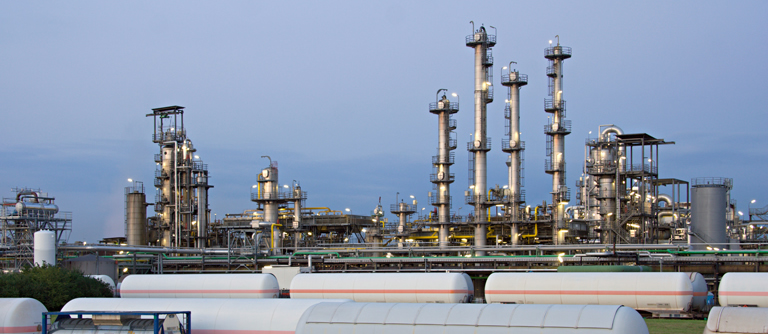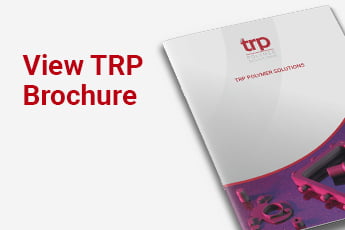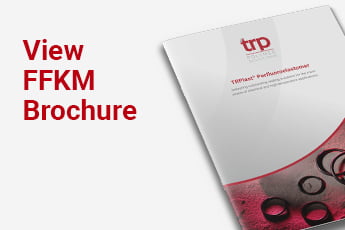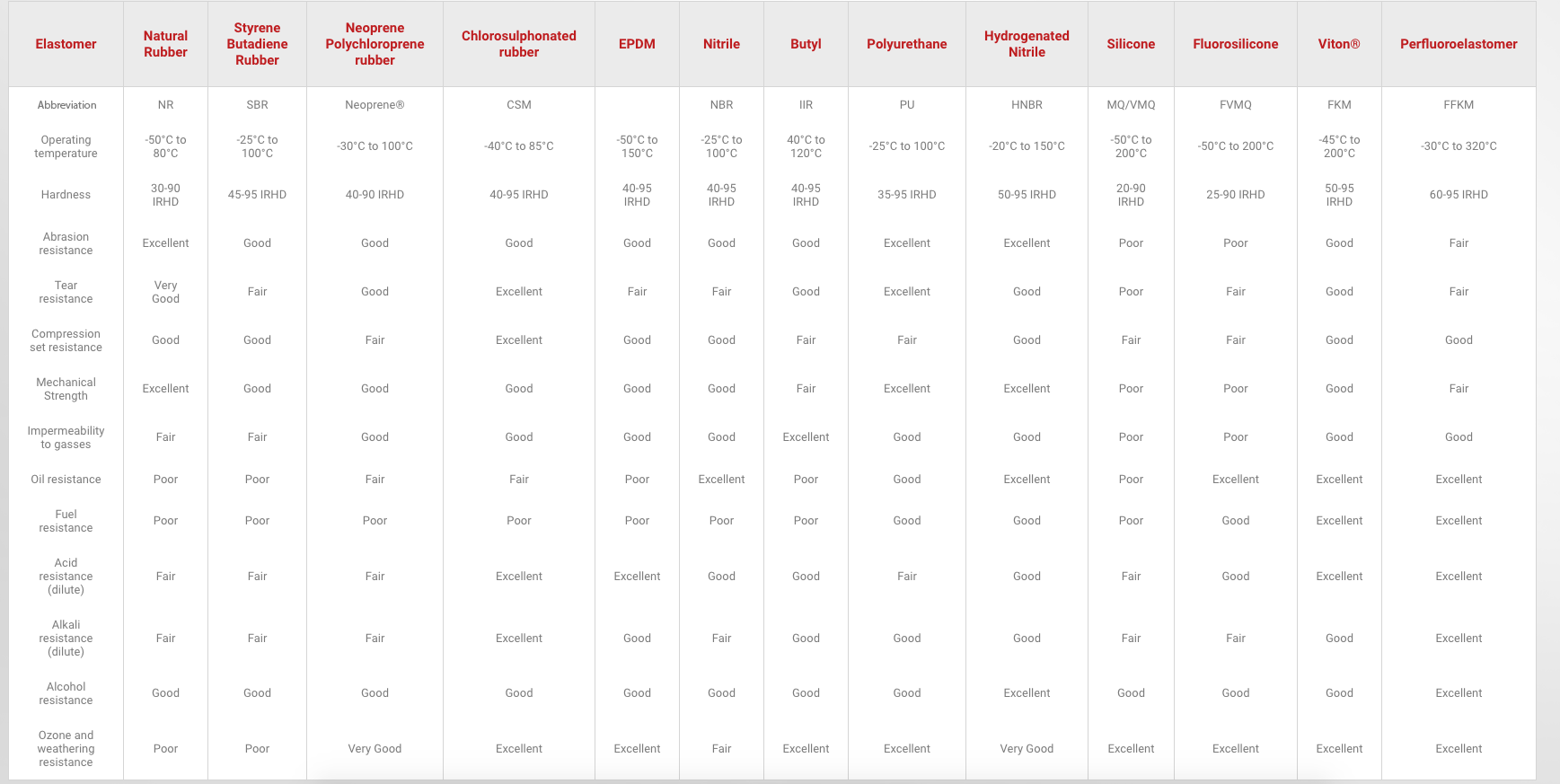The TRP user guide to choosing your O-rings
The most important things to consider…
- Environmental exposure of your application
- Your sealing requirements and media type
- Pressure and temperature calculations
- Suitable sizing for the most efficient seals
Read on to find out how to choose the most suitable O-Ring for your application…

O-rings are one of the most well-known and most universally implemented rubber products. At TRP, our O-rings come in many different thicknesses and materials, so it is important that you know how to choose an O-ring. Read this blog to discover how to choose O-ring sizes, materials and much more.
The design of your O-ring is crucial
Firstly, it is important that you familiarise yourself with the application that you require an O-ring for. This is crucial, as we have O-rings that come in a range of materials and sizes, such as FFKM O-rings, that each have their own advantages and properties. Once you know what environment your O-ring will be faced with, you can make an informed decision. Some of the environmental factors you should consider are:
- Ozone attack
- Intermittent use
- Vibrational movement
- High ultraviolet exposure
- Constant use
What media will your O-ring be sealing?
Different materials work well with different media types, hence why knowing what media your O-ring will be sealing should be considered before choosing your O-ring. The resistance of elastomers depends on the fluid that they are exposed to and how this will affect the strength of the O-ring.
- Consider how the material will react to your media
- Be aware of resistance and strength factors
How to choose O-rings for your application
Another O-ring design consideration that you must be aware of is the environmental factors at play, including pressure and temperature. By exposing your O-ring to a fluid that it isn’t designed for, this could cause abrasion and generally damage the condition of the elastomer properties and, subsequently, your machinery.
- Consider pressure and temperature
- Watch out for abrasion risks
How to choose the most effective O-ring size
Selecting the correct O-ring size is essential to avoid leakage and ensure a tight sealing solution. Without being sure of what size you require for your O-ring, you cannot make an effective decision to purchase the O-ring that will work best for your application.
- Correct sizing helps to avoid leaks
- Assess your application requirements
Source your O-rings from expert suppliers
By following these steps, you should have the relevant information to choose the O-ring that you require. If you need further assistance speak to one of our technical advisors by calling 01432 359594 or use our enquiry form.






